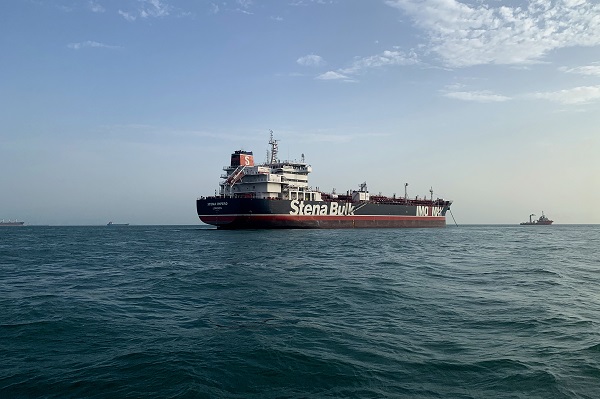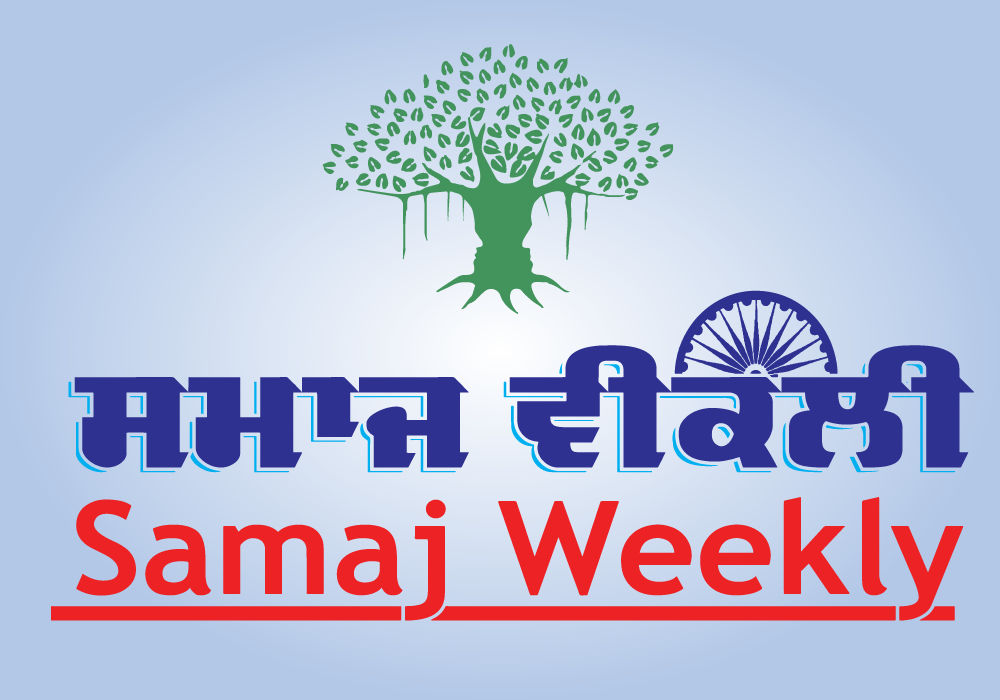New Delhi, India, the world’s third largest oil importer, has been worried over its oil supplies following the drone attacks on the world’s largest oil processing facility in Saudi Arabia and a major oil field there.
Petroleum Minister Dharmendra Pradhan, who said earlier that India is keeping a close eye on the oil crisis in Saudi Arabia, called up Saudi Oil Minister Prince Abdulaziz bin Salman on Thursday and was assured that Riyadh would be meeting all of India’s oil supply commitments. The Kingdom has announced it is looking to restore production very soon.
Pradhan discussed with Abdulaziz the supply plan in the aftermath of the September 14 attacks on Saudi Arabia’s Khurais oilfield and the Abqaiq petroleum processing facility, both owned by the state-owned Saudi Aramco oil company.
The attacks wiped out as much as 5 million barrels per day of output.
Saudi Arabia, the second-largest oil supplier to India, sells close to 2 million tonnes of crude every month. Of this, 1.2-1.3 million tonnes of supplies for September have already been taken and the rest too has been assured.
India buys some 200,000 tonnes of LPG every month from Saudi Arabia.
The prices of crude oil increased by 19-20 per cent to $71 per barrel – the highest price of crude oil in three decades.
Saudi Arabia sold 40.33 million tonnes of crude oil to India in 2018-19 fiscal, when the country imported 207.3 million tonnes of oil.
A sudden increase in global oil prices will affect India’s oil import bill and trade deficit. Every dollar increase in the price of oil will raise the import bill. India spent $111.9 billion on oil imports in 2018-19.
In June 2018, India’s three government-run oil marketing companies – Indian Oil Corp. Ltd (IOCL), Bharat Petroleum Corp. Ltd (BPCL) and Hindustan Petroleum Corp. Ltd (HPCL) – introduced dynamic fuel pricing, joining countries such as the US and Australia, where fuel prices change daily depending on global oil price fluctuations.
India’s dependence on oil has increased gradually since 2017, according to data from the oil ministry’s Petroleum Planning and Analysis (PPAC). In 2018-19, India’s oil consumption increased to 211.6 million tonnes.
However, India’s domestic crude output continues to fall. Crude output dropped from 36.9 million tonnes in 2015-16 to 36 million tonnes in 2016-17. By FY19, India’s crude output fell to 34.2 million.
India is in talks with Russia to increase the supplies of Russian crude oil to Indian refiners.
The issue was discussed during a meeting between Pradhan, and the Chairman of the Management Board and CEO, Rosneft and Former Deputy Prime Minister of the Russian Federation, Igor Sechin, in New Delhi on Tuesday.
“The developments in the energy markets, including global crude oil supplies, in the light of the recent attacks on Saudi Aramco’s facilities, was also discussed. In this context, a special focus was on increase of crude oil supplies from Russia to Indian refineries,” an official statement said.
The two sides also reviewed the ongoing joint projects in Russia between Indian oil and gas PSUs and Rosneft, specifically Sakhalin-1, Taas-Yuryakh and Vankor fields.
The government has also spoken with the Donald Trump administration on the issue of energy imports from sanctions-hit Iran, External Affairs Minister S. Jaishankar has said.
India wants predictable and affordable supply of energy, Jaishankar said, addeding: “We are in dialogue with all suppliers including Iran.”
India was among Iran’s top oil buyers with imports of 23.5 million tonnes in 2018-19. With the US’s conditional waiver for Iranian oil imports to eight countries, including China and India, expiring on May 2, India stopped all oil imports from the Tehran.
In June, US Secretary of State Mike Pompeo promised India of adequate crude oil supplies after New Delhi stopped imports from Iran.









